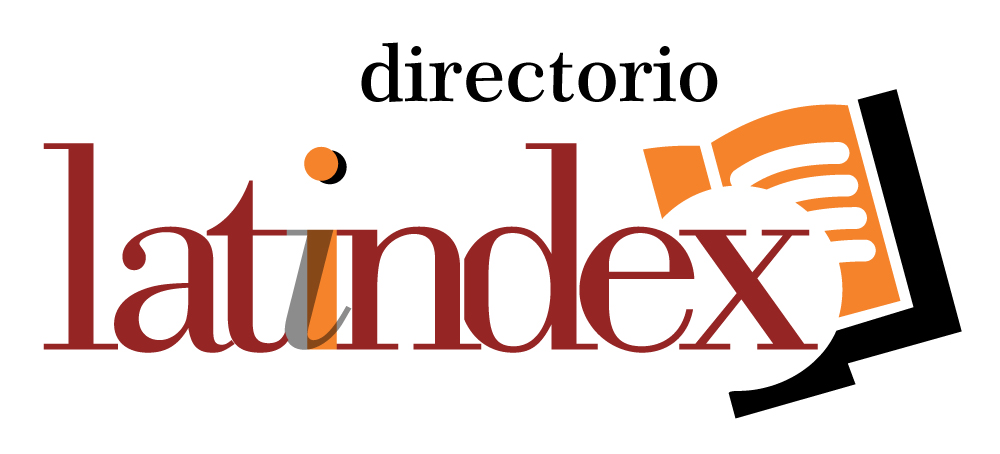Smart contracts
DOI:
https://doi.org/10.71112/0kgrm341Keywords:
evolution, smart contracts, blockchain, electronic commerce, technologyAbstract
This research paper analyzes the origin, structure, and application of smart contracts within the current context, as well as the technological and legal evolution of blockchain. Based on a qualitative and documentary approach, the historical background and elements of the contract are reviewed, as well as the essential elements of smart contracts. Blockchain technology is also reviewed as a technical pillar, emphasizing its immutable, invulnerable, and secure operation. Likewise, its main applications in the financial sector, public administration, and intellectual property are examined. Through the analysis of comparative legal systems and their application, it is possible to observe that smart contracts offer advantages such as automation, cost optimization, and transparency. The research concludes by showing the need to adopt a regulatory system that establishes the existence, validity, and functionality of smart contracts without undermining the general principles of contract law.
Downloads
References
Antonopoulos, A. M. (2017). Mastering Bitcoin: Unlocking Digital Cryptocurrencies (2ª ed.). O'Reilly Media.
Application Platform. (s. f.). Recuperado de https://ethereum.org/en/whitepaper/
Asamblea Nacional. (2021). Ley de Comercio Electrónico y Mensajes de Datos, Suplemento No. 525, del 27 de agosto del año 2021.
Asamblea Nacional del Ecuador. (2019). Código de Comercio, Suplemento del Registro Oficial No. 497; reformado el 10 de diciembre de 2020.
Buterin, V. (2014). Ethereum: A Next-Generation Smart Contract and Decentralized Application Platform. https://ethereum.org/en/whitepaper/
Código Civil. (2005). Registro Oficial Suplemento No. 46 del 24 de junio del año 2005.
De Filippi, P., & Wright, A. (2018). Blockchain and the Law: The Rule of Code. Harvard University Press. DOI: https://doi.org/10.4159/9780674985933
Mougayar, W. (2016). The Business Blockchain: Promise, Practice, and the Application of the Next Internet Technology. Wiley.
Mougayar, W. (2018). The Business Blockchain: Promise, Practice, and the Application of the Next Internet Technology. Wiley.
Reyes, C. L., Thompson, T. C., & Mills, D. (2017). Distributed ledger technology and financial regulation: The regulatory challenges of decentralized technology. University of Pennsylvania Journal of Business Law, 19(3), 267–316.
Scott, B. (2016). How Can Cryptocurrency and Blockchain Technology Play a Role in Building Social and Solidarity Finance? Working Paper. United Nations Research Institute for Social Development (UNRISD).
Szabo, N. (1994). Smart Contracts: Building Blocks for Digital Markets. Recuperado de https://nakamotoinstitute.org/smart-contracts/
Tapscott, D., & Tapscott, A. (2016). Blockchain revolution: How the technology behind bitcoin is changing money, business, and the world. Penguin.
Tapscott, D., & Tapscott, A. (2017). La revolución blockchain: Descubre cómo esta nueva tecnología transformará la economía global. Deusto. https://static0planetadelibroscommx.cdnstatics.com/libros_contenido_extra/35/34781_La_revolucion_blockchain.pdf
Tapscott, D., & Tapscott, A. (2018). Blockchain Revolution: How the Technology Behind Bitcoin and Other Cryptocurrencies is Changing the World. Portfolio.
Valencia Ramírez, J. P. (2019). Contratos inteligentes. RITI Journal, 7(14), 1–5. https://doi.org/10.36825/RITI.07.14.001 DOI: https://doi.org/10.36825/RITI.07.14.001
Werbach, K. (2018). The Blockchain and the New Architecture of Trust. MIT Press. DOI: https://doi.org/10.7551/mitpress/11449.001.0001
Downloads
Published
Issue
Section
License
Copyright (c) 2025 Multidisciplinary Journal Epistemology of the Sciences

This work is licensed under a Creative Commons Attribution 4.0 International License.











